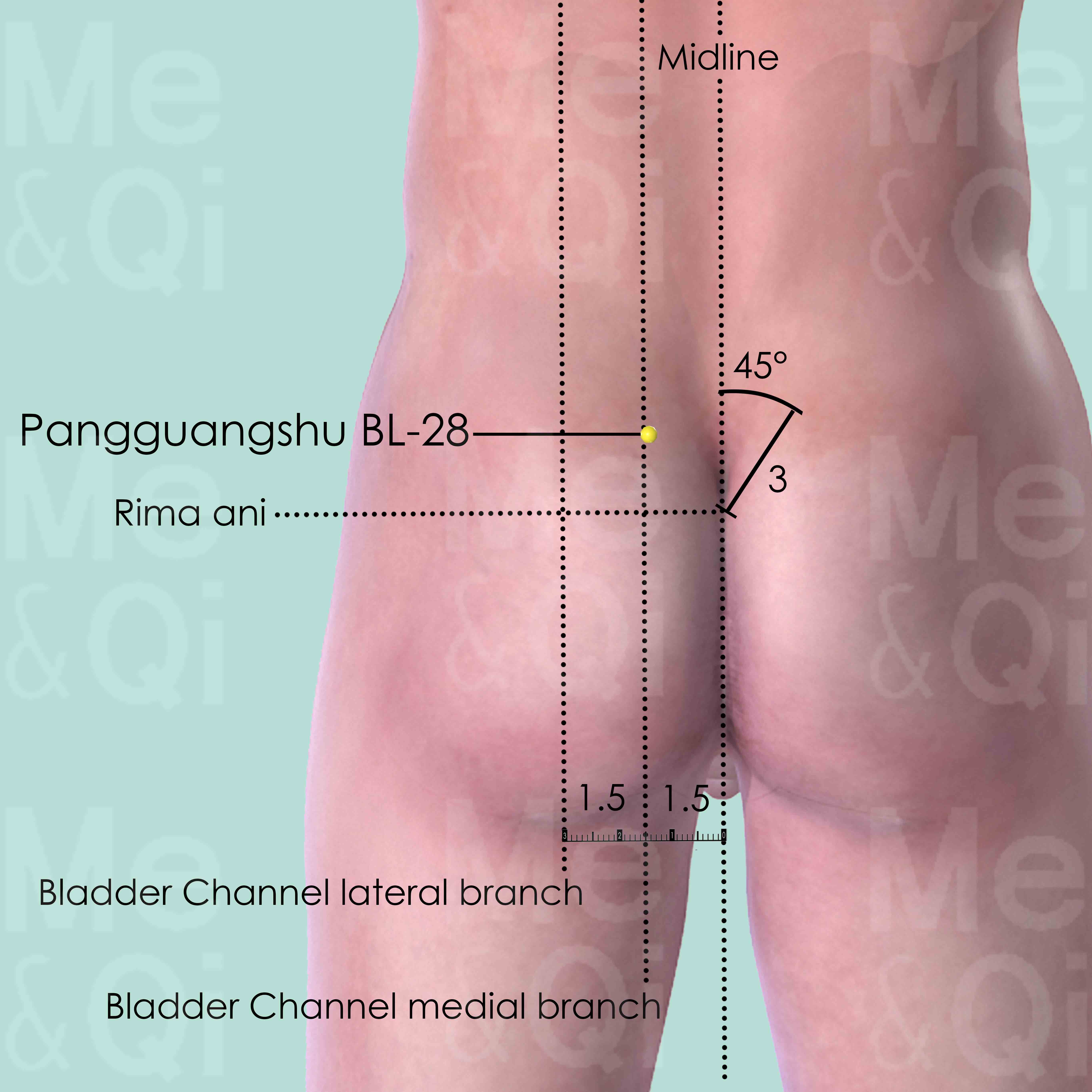Sacrum Stiffnessaccording to TCM
Symptom families: Back and Neck Stiffness and Discomfort, Sacrum and Coccyx Disorders and Symptoms
Did you mean? Coccyx Pain
What is Sacrum Stiffness?
Sacrum stiffness is a condition characterized by a reduced range of motion and discomfort in the sacrum area, the triangular bone situated at the base of the spine between the hip bones.
It's a common issue that can result from various factors, including prolonged sitting, injury, or age-related changes. This stiffness can significantly affect mobility and daily activities, making it a noteworthy health concern.
How does TCM view Sacrum Stiffness?
In Traditional Chinese Medicine (TCM), sacrum stiffness is viewed as a symptom of imbalances in the body's energy flow, or Qi, and Blood circulation. TCM posits that such stiffness could arise from internal disharmonies, including Qi Stagnation, Blood Stagnation, or the invasion of pathogenic factors like Cold and Dampness.
The holistic approach of TCM aims to identify and rectify the underlying disharmony, employing methods like acupuncture, herbal remedies, and lifestyle modifications to restore balance and alleviate symptoms.
Acupoints for Sacrum Stiffness
TCM suggests acupuncture as an effective treatment for sacrum stiffness, focusing on specific acupoints to enhance Qi flow and relieve discomfort.
A key acupoint in the Bladder Channel, Pangguangshu BL-28, is often used. Located near the 2nd posterior sacral foramen, close to the posterior superior iliac spine, this acupoint is believed to regulate the Bladder, resolve Damp-Heat, strengthen the lower back, and remove stagnation. Stimulating Pangguangshu BL-28 through acupuncture is thought to directly target the sacral area, promoting healing and reducing stiffness in the sacrum.
See more details below about Pangguangshu BL-28, an acupoint used to address sacrum stiffness.
- By Meridian
- Bladder Channel

Pangguangshu BL-28
At the level of the 2nd posterior sacral foramen, 1.5 cun lateral to the posterior midline, in the depression between the medial border of the posterior superior iliac spine (PSIS) and the sacrum.
